
 I found so many amazing photos of sea slugs that I needed a second post to fit them all. It never ceases to amaze me how colorful some sea creatures are. I guess if and animal is poisonous enough, it can afford to be flashy.
I found so many amazing photos of sea slugs that I needed a second post to fit them all. It never ceases to amaze me how colorful some sea creatures are. I guess if and animal is poisonous enough, it can afford to be flashy.

Discover the Beauty of the Ocean

 I found so many amazing photos of sea slugs that I needed a second post to fit them all. It never ceases to amaze me how colorful some sea creatures are. I guess if and animal is poisonous enough, it can afford to be flashy.
I found so many amazing photos of sea slugs that I needed a second post to fit them all. It never ceases to amaze me how colorful some sea creatures are. I guess if and animal is poisonous enough, it can afford to be flashy.

 Sea turtles are some of the most graceful and majestic animals in the ocean. They glide through the water effortlessly, flapping their arms like wings. Sea turtles can be found throughout the oceans of the world, from coral reefs to open waters.
Sea turtles are some of the most graceful and majestic animals in the ocean. They glide through the water effortlessly, flapping their arms like wings. Sea turtles can be found throughout the oceans of the world, from coral reefs to open waters. A female sea turtle will crawl out onto the beach and dig a hole where she deposits hundreds of eggs which look just like pingpong balls. After incubating in the warm sand, they will all dig their way out of the sand, erupting out of the ground. They make a mad dash towards the waves, running from the many predators that see them as an easy snack.
A female sea turtle will crawl out onto the beach and dig a hole where she deposits hundreds of eggs which look just like pingpong balls. After incubating in the warm sand, they will all dig their way out of the sand, erupting out of the ground. They make a mad dash towards the waves, running from the many predators that see them as an easy snack.
 When you think of creatures in the ocean, Fish are probably the first thing that comes to mind. Fish are some of the most populous and successful organisms in the ocean. They are fast, big, and perfectly suited for life in the sea. They are members of the phylum Chordata, meaning they have a backbone and spinal cord. Fish eat anything from algae and plankton to huge marine mammals.
When you think of creatures in the ocean, Fish are probably the first thing that comes to mind. Fish are some of the most populous and successful organisms in the ocean. They are fast, big, and perfectly suited for life in the sea. They are members of the phylum Chordata, meaning they have a backbone and spinal cord. Fish eat anything from algae and plankton to huge marine mammals. Fish are some of the most diverse and populous organisms on our planet. Fish range in size from tiny fish we can barely see with our naked eye, to the giant whale shark, which dwarfs humans. Fish are spread throughout the oceans of our world and can be found in all seas except the Dead Sea (which is too salty to support any life). Fish can live anywhere from the hot tropical seas to the frigid arctic ocean. Fish have been found from the shallows of tide pools to the deepest reaches of the ocean humans have been able to explore.
Fish are some of the most diverse and populous organisms on our planet. Fish range in size from tiny fish we can barely see with our naked eye, to the giant whale shark, which dwarfs humans. Fish are spread throughout the oceans of our world and can be found in all seas except the Dead Sea (which is too salty to support any life). Fish can live anywhere from the hot tropical seas to the frigid arctic ocean. Fish have been found from the shallows of tide pools to the deepest reaches of the ocean humans have been able to explore. I will cover some of the most beautiful, exotic, and bizarre species of fish over the course of this blog. Keep checking for more updates.
I will cover some of the most beautiful, exotic, and bizarre species of fish over the course of this blog. Keep checking for more updates.

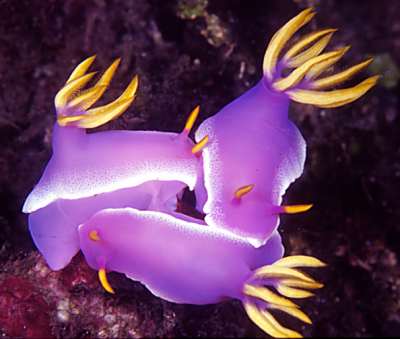 Nudibranchs, commonly referred to as sea slugs, are some of the most beautiful creatures in the ocean. They are shell-less mollusks related to octopus and clams.
Nudibranchs, commonly referred to as sea slugs, are some of the most beautiful creatures in the ocean. They are shell-less mollusks related to octopus and clams.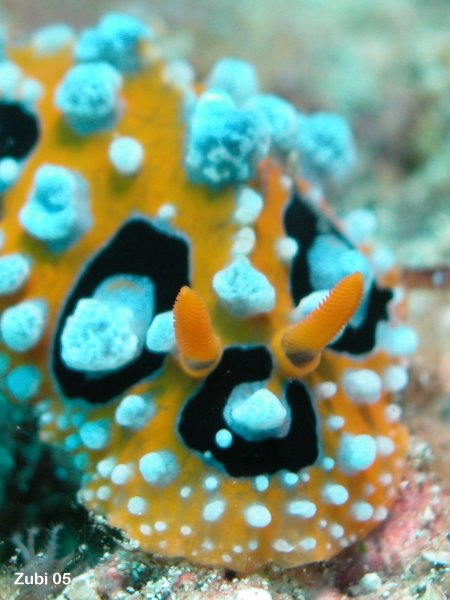 They can be found in oceans throughout the globe, most commonly in shallow tropical waters.
They can be found in oceans throughout the globe, most commonly in shallow tropical waters. Sea slugs eat a variety of foods, and are usually carnivores. Many species feed on sponges. Some are cannibals.
Sea slugs eat a variety of foods, and are usually carnivores. Many species feed on sponges. Some are cannibals. Sea slugs are often very brightly colored to warn predators that they pack deadly poisons. This kind of coloration advertises that they are bad to eat and keeps predators from trying to make snacks out of them.
Sea slugs are often very brightly colored to warn predators that they pack deadly poisons. This kind of coloration advertises that they are bad to eat and keeps predators from trying to make snacks out of them. 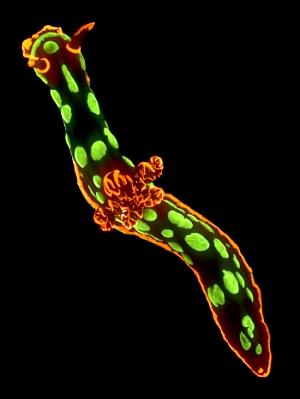 Sea slugs are some of the few animals that carry both male and female reproductive organs. They can effectively breed with any other member of their species.
Sea slugs are some of the few animals that carry both male and female reproductive organs. They can effectively breed with any other member of their species.
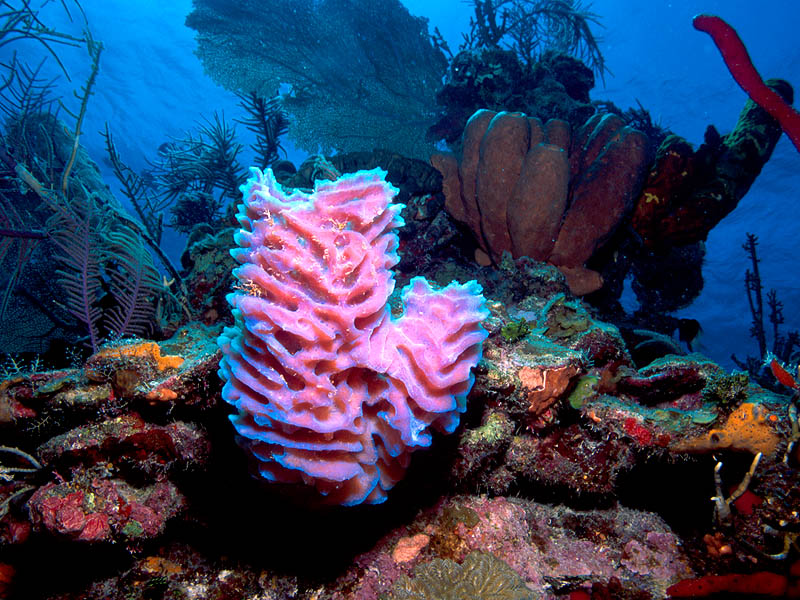 Sponges are from the phylum Porifera. They are some of the most simple animals in the ocean. They are huge colonies of cells without a central nervous system. They are really a huge group of individual cells built into a colorful and intricate structure. Sponges come in many different shapes and sizes, and they add splashes of color to a coral reef.
Sponges are from the phylum Porifera. They are some of the most simple animals in the ocean. They are huge colonies of cells without a central nervous system. They are really a huge group of individual cells built into a colorful and intricate structure. Sponges come in many different shapes and sizes, and they add splashes of color to a coral reef. Sponges are full of holes and very porous. This is to allow water to pass through them. They are filter feeders, meaning they pull tiny plankton out of the water and eat the microscopic bits of food that flow in the current. They have tiny hairs that wave in the water, pushing water past them and allowing them to grab bits of passing food. They serve to help keep the water clean.
Sponges are full of holes and very porous. This is to allow water to pass through them. They are filter feeders, meaning they pull tiny plankton out of the water and eat the microscopic bits of food that flow in the current. They have tiny hairs that wave in the water, pushing water past them and allowing them to grab bits of passing food. They serve to help keep the water clean. The household sponges we use today were designed after sea sponges. There used to be a major industry for harvesting sea sponges for use in household cleaning. Because of its destructive effects on the marine habitat, this practice has been replaced by more environmentally friendly synthetic sponges.
The household sponges we use today were designed after sea sponges. There used to be a major industry for harvesting sea sponges for use in household cleaning. Because of its destructive effects on the marine habitat, this practice has been replaced by more environmentally friendly synthetic sponges.
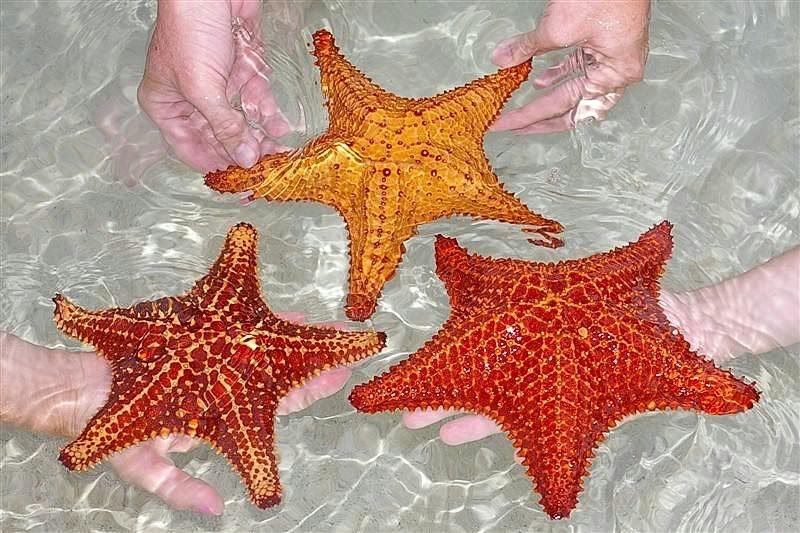
 Starfish are very slow moving animals and spend most of their time stuck to rocks or scooting along the bottom. They actually move using a network of thousands of tiny tubed feet with a single suction cup at the end of them. They have eyes on the tips of their arms and can only see very basic motion.
Starfish are very slow moving animals and spend most of their time stuck to rocks or scooting along the bottom. They actually move using a network of thousands of tiny tubed feet with a single suction cup at the end of them. They have eyes on the tips of their arms and can only see very basic motion. While they don't move quickly, they are actually predators that feed on clams, mussels, oysters, and other filter feeding mollusks. They stick their suction cups around the shells and pry them slowly open with steady force. When they have a small opening in the shell, the star fish will turn its stomach inside out and push it into the shell. It then digests the mollusk inside its own shell.
While they don't move quickly, they are actually predators that feed on clams, mussels, oysters, and other filter feeding mollusks. They stick their suction cups around the shells and pry them slowly open with steady force. When they have a small opening in the shell, the star fish will turn its stomach inside out and push it into the shell. It then digests the mollusk inside its own shell.





